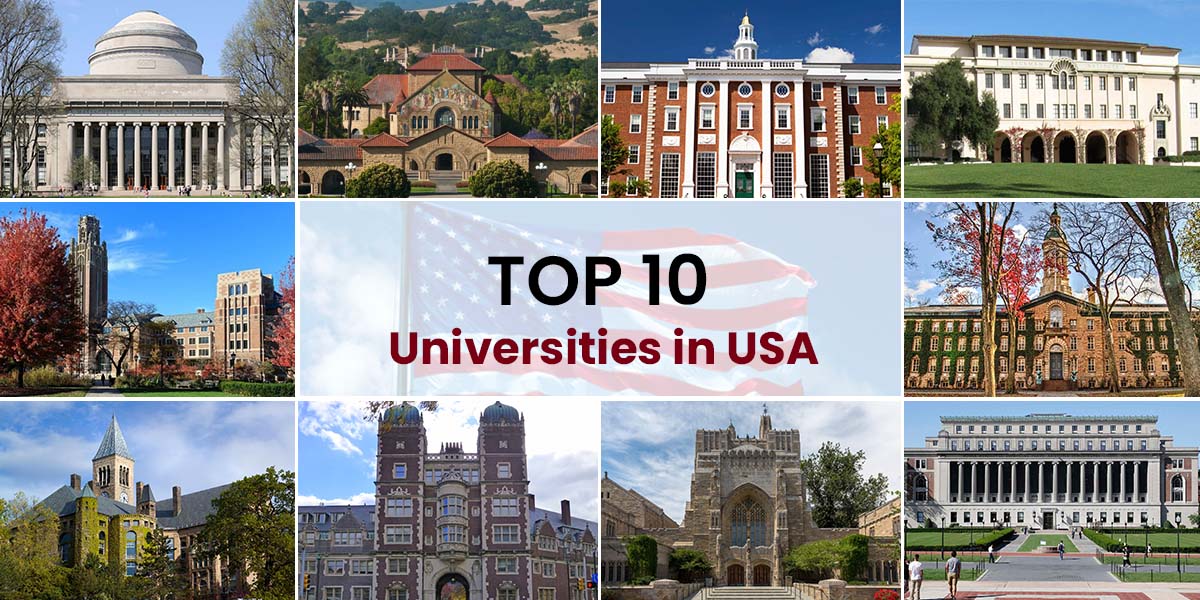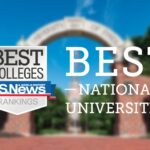Top Universities US News rankings command significant attention, influencing prospective students and shaping institutional strategies. This guide delves into the intricacies of the US News & World Report methodology, exploring its strengths and limitations. We’ll examine ranking factors, geographic distribution of top institutions, and the crucial role of student diversity, faculty resources, and financial aid in shaping the overall landscape.
Beyond the numerical rankings, we’ll explore the broader context of higher education, examining the impact of these rankings on university admissions, the criticisms levied against such systems, and the vital role of considering factors beyond mere numerical scores when choosing a university. This analysis aims to provide a nuanced understanding of the top universities in the US, offering a balanced perspective for those navigating the complex world of higher education.
US News & World Report Rankings Methodology: Top Universities Us News

The US News & World Report college rankings, a highly influential yet frequently debated metric, employ a complex methodology to assess and rank institutions of higher education. Understanding this methodology is crucial for interpreting the rankings and appreciating their limitations. The system utilizes a weighted average of several key indicators, each contributing a different percentage to the overall score.
The weighting system assigns different percentages to various factors, reflecting the relative importance US News & World Report places on each aspect of a university’s performance. This weighting is subject to change periodically, and understanding these weights is essential to comprehending the ranking results. For example, a significant portion of the ranking is typically allocated to academic reputation, reflecting the subjective perceptions of academics within the field.
Data Sources for Ranking Factors
US News & World Report gathers data from a variety of sources to determine the scores for each ranking factor. These sources include surveys sent to college presidents, deans, and other administrators; data collected directly from universities; and statistical analyses of publicly available information. The specific data sources vary depending on the factor being evaluated. For instance, student selectivity is determined by metrics such as acceptance rates and the average SAT/ACT scores of admitted students, while faculty resources consider faculty-to-student ratios, the number of faculty with terminal degrees, and average faculty salaries. Financial resources are assessed through measures like endowment size, per-student spending, and alumni giving. Graduation and retention rates are derived from official university data reporting to government agencies. Lastly, graduate indebtedness is evaluated based on publicly available information about average student loan debt upon graduation.
Comparison to Other University Ranking Systems
The US News methodology differs from other ranking systems, such as the Times Higher Education World University Rankings or QS World University Rankings, in its weighting scheme and data sources. While all systems consider factors like academic reputation, research output, and student selectivity, the relative importance assigned to each factor varies considerably. For example, some systems place a greater emphasis on research output measured by citations and publications, while others prioritize student satisfaction or graduate employment rates. The differences in methodology lead to variations in the resulting rankings, highlighting the subjectivity and limitations inherent in any single ranking system.
Potential Biases in the Ranking Methodology
The US News methodology is not without its criticisms, and several potential biases have been identified. The reliance on reputational surveys, for instance, can perpetuate existing inequalities, favoring already established and well-known institutions. Furthermore, the weighting system itself can be seen as subjective, prioritizing certain aspects of university performance over others. This may inadvertently disadvantage institutions that excel in areas not heavily weighted in the ranking calculations. For example, a university focusing heavily on undergraduate teaching might be penalized compared to a research-intensive university, even if its teaching quality is superior. Another potential bias lies in the reliance on readily available data, which might not fully capture the nuances and complexities of a university’s overall quality and impact. Finally, the focus on quantitative metrics can overlook qualitative aspects of the educational experience, such as student engagement, learning environment, and the overall campus culture.
Top Universities by Subject Area

The US News & World Report rankings provide a comprehensive overview of the best universities in the United States, categorized by various subject areas. These rankings are widely consulted by prospective students, researchers, and institutions, influencing decisions regarding higher education and resource allocation. Understanding these rankings allows for a nuanced view of institutional strengths and the competitive landscape within specific academic disciplines.
The following sections detail the top-ranked universities in several key subject areas according to the US News & World Report methodology. It’s important to remember that these rankings should be considered one factor among many when evaluating universities, as different methodologies and individual priorities can lead to varied conclusions.
Top Engineering Schools
The engineering field encompasses a broad range of specializations, each demanding rigorous training and cutting-edge research. The following list represents the top 10 institutions in engineering, reflecting their overall excellence across various engineering disciplines as evaluated by US News & World Report. Note that the exact rankings may fluctuate slightly from year to year.
- Massachusetts Institute of Technology (MIT)
- Stanford University
- California Institute of Technology (Caltech)
- University of California, Berkeley
- Carnegie Mellon University
- University of Michigan-Ann Arbor
- Georgia Institute of Technology
- Purdue University
- Texas A&M University
- Cornell University
Top Liberal Arts Colleges, Top universities us news
Liberal arts colleges emphasize a broad-based education across the humanities, social sciences, and natural sciences, fostering critical thinking and intellectual exploration. The following institutions are consistently ranked among the best in this category by US News & World Report.
- Williams College
- Amherst College
- Swarthmore College
- Bowdoin College
- Wellesley College
Top Universities in Biology, Chemistry, and Physics
The natural sciences are fundamental to our understanding of the world, driving innovation and technological advancement. The table below showcases the top-performing universities in biology, chemistry, and physics, according to US News & World Report. The data highlights the concentration of excellence in specific institutions across multiple scientific disciplines.
| University | Biology | Chemistry | Physics |
|---|---|---|---|
| Massachusetts Institute of Technology (MIT) | Top 10 | Top 10 | Top 5 |
| Stanford University | Top 5 | Top 5 | Top 5 |
| Harvard University | Top 5 | Top 10 | Top 10 |
| University of California, Berkeley | Top 5 | Top 10 | Top 10 |
Ultimately, understanding the “Top Universities US News” rankings requires a critical and holistic approach. While the rankings offer a valuable snapshot of institutional performance across various metrics, they should not be the sole determinant in a student’s decision-making process. A thorough consideration of individual academic goals, financial resources, and desired campus environment is paramount. This guide provides a framework for informed decision-making, empowering prospective students to navigate the complexities of university selection with confidence and clarity.
Rankings for top universities in US News often highlight prestigious institutions. For specific updates and announcements, checking individual university news sites is crucial; for instance, you can find current information on Northwestern University by visiting northwestern university news. This allows a more comprehensive understanding of the overall top universities US News landscape beyond just the rankings themselves.
Rankings for top universities US News often highlight prestigious institutions. For instance, recent developments concerning Harvard’s groundbreaking research are regularly featured; you can find updates on this at news harvard university. This contributes significantly to Harvard’s consistent high placement within the overall top universities US News standings.




